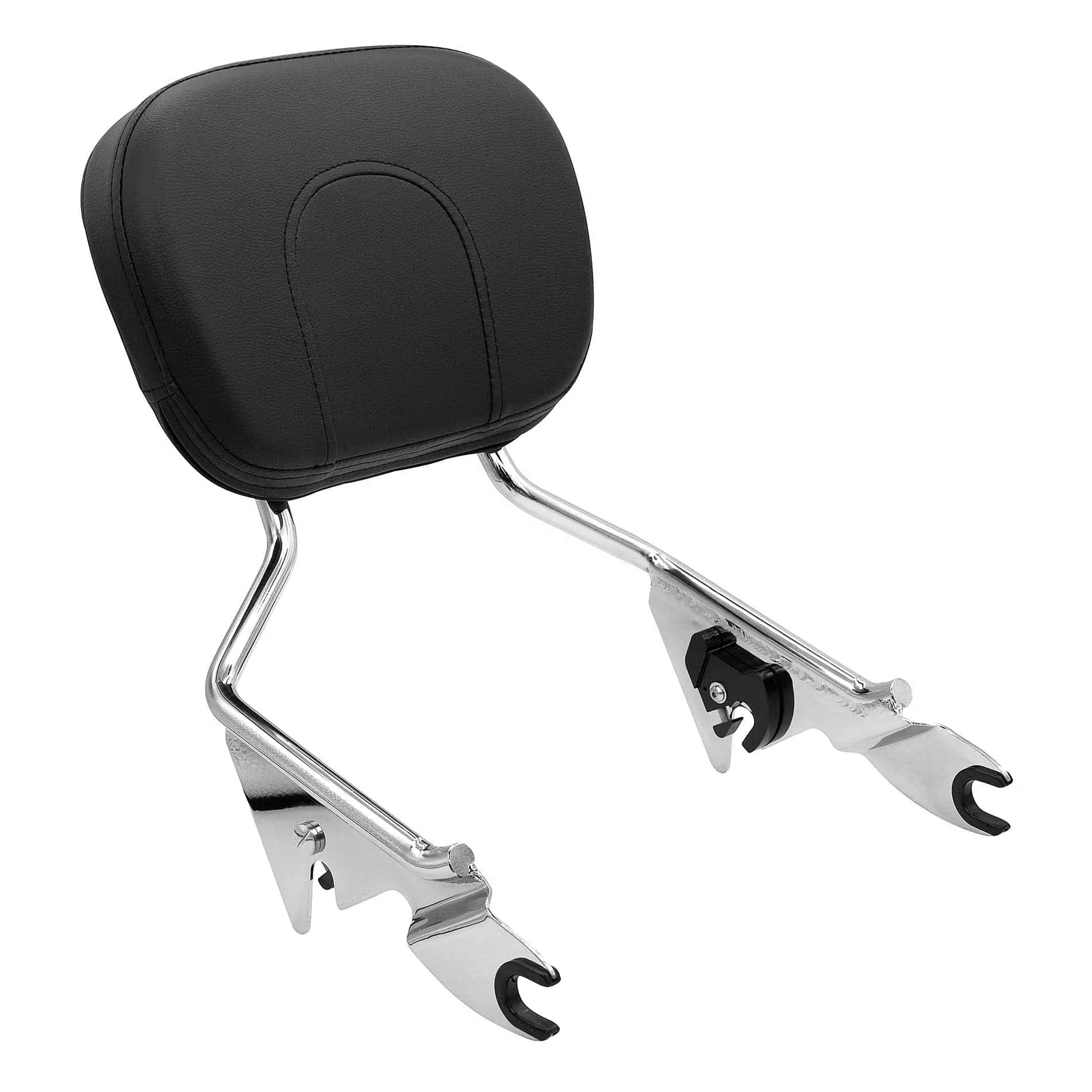In the world of firearms, precision is everything. Every component of a rifle plays a role in its overall performance, but few aspects are as critical as the barrel. The rifle barrel 32.7 x 42 1:20 has garnered significant attention among enthusiasts and professionals for its unique specifications that cater to long-range shooting and accuracy.
This article dives into the intricate details of the 32.7 x 42 1:20 rifle barrel, exploring its design, performance, and practical applications. Whether you’re a hunter, competitive shooter, or firearm enthusiast, this comprehensive guide will help you understand why this barrel specification might be the ideal choice for your needs.
Understanding Rifle Barrel Specifications
Decoding the Numbers: What Does 32.7 x 42 Mean?
The designation “32.7 x 42” refers to two key aspects of the rifle barrel:
- Barrel Diameter (32.7 mm): This measurement is crucial for determining compatibility with specific calibers and bullets. A 32.7 mm diameter often aligns with larger calibers, making it ideal for long-range and high-powered shooting.
- Barrel Length (42 inches): The length of the barrel directly affects the velocity of a bullet, as longer barrels allow for greater acceleration of the projectile. This feature makes the 42-inch barrel particularly suitable for long-range accuracy and stability.
The 1:20 Twist Rate Explained
The twist rate, denoted as 1:20, means the rifling inside the barrel completes one full rotation every 20 inches. This rifling stabilizes the bullet as it travels down the barrel, ensuring it maintains a straight trajectory.
- Benefits of a 1:20 Twist Rate: This rate is ideal for stabilizing heavier bullets, such as those used in large-caliber rounds like .50 BMG or .45-70. It minimizes wobble, increasing precision over long distances.
- Comparison with Other Twist Rates: Faster twist rates (e.g., 1:8 or 1:10) are better for lighter bullets, while slower rates like 1:20 excel with heavy, long projectiles. This makes the 1:20 particularly appealing for big-game hunting and sniper applications.
Materials and Manufacturing
Common Materials Used in Rifle Barrels
The materials used in manufacturing rifle barrels directly impact their durability, weight, and resistance to environmental factors. Popular materials include:
- Stainless Steel: Known for its corrosion resistance, stainless steel barrels are ideal for harsh weather conditions.
- Chrome-Moly Steel: A balanced choice, offering durability and performance at a lower cost than stainless steel.
Modern manufacturing techniques have also led to hybrid materials that combine the best properties of these steels, enhancing longevity and performance.
How the 32.7 x 42 1:20 Barrel is Manufactured
Producing a high-quality barrel involves precision and advanced technology. Common methods include:
- Button Rifling: A cost-effective method where a button-shaped tool creates rifling grooves.
- Cut Rifling: Offers superior precision by cutting grooves into the barrel, suitable for custom applications.
- Cold Hammer Forging: A process that increases barrel strength and longevity, commonly used in military-grade barrels.
Each method ensures the barrel’s internal surface is optimized for accuracy and consistency.
Performance and Applications
Accuracy and Precision
The combination of the 32.7 mm diameter, 42-inch length, and 1:20 twist rate makes this barrel a powerhouse for accuracy. Key performance highlights include:
- Enhanced Bullet Stability: Heavier bullets remain stable even in challenging wind conditions.
- Increased Muzzle Velocity: The extended barrel length maximizes bullet acceleration, resulting in flatter trajectories.
Ideal Use Cases
- Hunting: The barrel excels in big-game hunting, where accuracy at extended ranges is paramount. Its stability and power ensure clean, ethical kills.
- Competitive Shooting: Long-range events, such as F-Class or PRS (Precision Rifle Series), benefit from the precision this barrel offers.
- Military and Tactical Applications: Snipers and marksmen rely on similar specifications for missions requiring extreme accuracy and reliability.
Benefits of the 32.7 x 42 1:20 Rifle Barrel
- Long-Range Accuracy: Perfect for shooting targets at extended distances without compromising on precision.
- Versatility: Compatible with a wide range of calibers and ammunition types.
- Durability: High-quality materials ensure the barrel withstands wear and tear, even under rigorous use.
Drawbacks and Considerations
No product is without limitations. Some drawbacks of the 32.7 x 42 1:20 barrel include:
- Weight: The extended length and diameter make it heavier, potentially affecting maneuverability.
- Limited for Lighter Bullets: The 1:20 twist rate may not stabilize lighter bullets effectively.
- Cost: Premium materials and manufacturing processes make it a significant investment.
How to Choose the Right Barrel for Your Needs
Selecting the right barrel involves understanding your shooting requirements:
- Hunting: Opt for this barrel if you prioritize accuracy for big-game hunting over long distances.
- Sports Shooting: Ensure compatibility with competition rules and your chosen caliber.
- Tactical Needs: Evaluate the barrel’s durability and performance under adverse conditions.
Always consult a gunsmith or manufacturer to confirm the barrel aligns with your firearm and intended use.
Maintenance and Longevity
Proper maintenance ensures your barrel performs optimally and lasts longer:
- Regular Cleaning: Use quality cleaning kits to remove residue and prevent corrosion.
- Protection Against Moisture: Apply anti-corrosion oils if the barrel is exposed to damp environments.
- Inspection: Periodically check for wear, especially in the rifling grooves.
Following these steps can significantly extend the life of your rifle barrel.
Leading Manufacturers of the 32.7 x 42 1:20 Rifle Barrel
Top brands producing high-quality rifle barrels include:
- Krieger Barrels: Known for precision-crafted barrels favored by competitive shooters.
- Shilen Rifles: Offers a balance of performance and affordability.
- Bartlein Barrels: Specializes in custom barrels tailored to individual needs.
You can purchase these barrels through online retailers, specialty stores, or directly from manufacturers.
Real-World Experiences and Reviews
User Testimonials
- “I’ve used the 32.7 x 42 1:20 barrel for elk hunting, and the accuracy over 500 yards is unparalleled.”
- “Switching to this barrel improved my competition scores by a significant margin.”
Expert Reviews
Industry professionals praise its performance in long-range scenarios, though some note its weight as a drawback for field use.
Legal and Ethical Considerations
Firearm laws in the United States regulate barrel length and modifications. Always ensure compliance with federal and state regulations. For hunters, ethical practices include using the appropriate caliber and ensuring humane kills.
Conclusion
The rifle barrel 32.7 x 42 1:20 stands out as a precision-engineered option for shooters who prioritize accuracy, power, and reliability. While it may not suit every scenario, its benefits in long-range applications make it a top choice for professionals and enthusiasts alike.
Also read: Understanding FNOP_VR_1.2.1: A Comprehensive Guide
FAQs
- What does the 1:20 twist rate mean for shooting accuracy?
It stabilizes heavier bullets, ensuring precision over long distances. - Is the 32.7 x 42 barrel compatible with all rifle models?
No, always confirm compatibility with your rifle’s make and model. - How does barrel length affect bullet velocity?
Longer barrels allow bullets to accelerate more, resulting in higher velocities and flatter trajectories.



